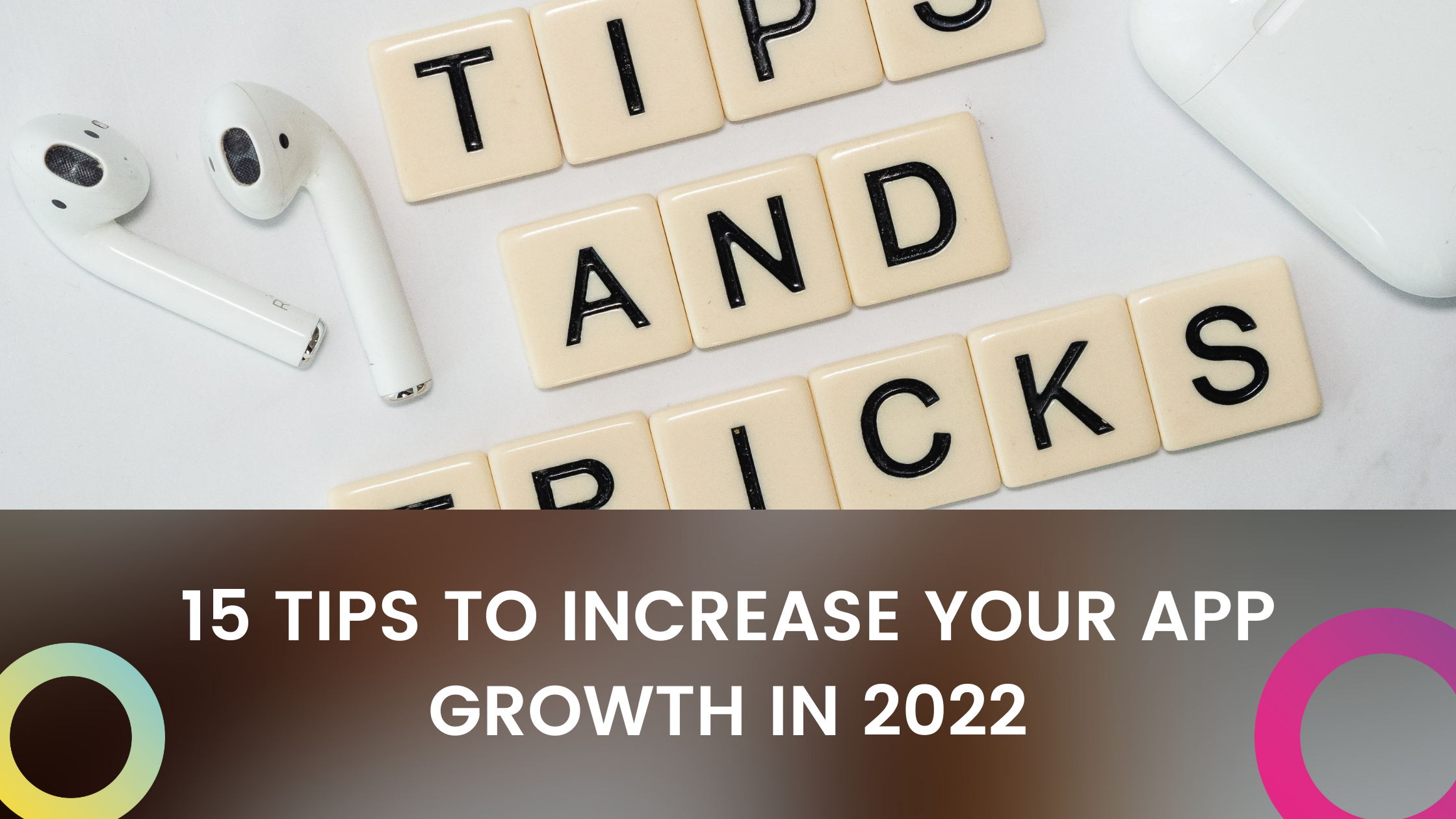With over 15 years of experience this April, Wuzzon wants to share some of their excitement by sharing knowledge. Here’s to 15 years of app marketing experience, and the learnings we gained. Cheers!
1. Optimize your App visibility in the App Stores
Would you build a strong house on a rusty foundation? Then don’t throw away your money by advertising on an app that isn’t fully optimized in the app stores. Check if you’re taking advantage of all the indexed keyword possibilities in the metadata, and A/B test your creatives (icon included!) for the best impression to click ratio. This will improve your organic traffic, as well as increase your chances of competing with the big brands in the app stores.
2. Get to know your target audience
Is your target audience of age, device, gender or device specific? There are so many factors that you can test through advertising, and many are unfortunately not tested through assumptions. Perhaps your largest target audience is young, but your loyal, paying target audience is a bit more mature? Make sure that you know what your target audience really is through testing.
3. Reach out to your target audience
Now you know who your target audience is, make sure that you make your creatives and other advertising assets applicable to them. Don’t be afraid to test with different strategies such as mentioning pain points (a little bit of confrontation can lead to a great call to action), or using relatable sarcasm/jokes (can make you memorable) to intrigue your target audience. USP’s only get you so far.
4. Make sure that you know what you’re looking at
Different ad channels, with multiple campaign groups, and multiple user flows; sometimes it can be a bit overwhelming. Make sure that you have a dashboard that gives you a clear overview of all your different advertising efforts, so that you don’t lose perspective. Try to use certain KPI events that are the same for different channels, so that you can compare them on the same metrics, instead of granting each channel another value. Make sure that you know the difference between SKAdNetwork tracked traffic, and impression vs click attribution.
5. Check the benchmarks, and keep an eye on the trends
The app market is a booming industry, and it can be tough to keep up with all the changes. Before you start a new advertising campaign, check if there are existing benchmarks online, so that you know what you can expect in regards to costs and conversion ratios. This can help reduce disappointment or stopping with a campaign because it doesn’t seem to convert as well as other channels. Some advertising methods have a longer return timeline.
6. 1, 2, 1, 2, this is a test, 1,2
This should really be number 1, honestly. Testing is one of the most important ways to avoid stagnation or redundancy of display banners, and gain insights on your ever growing target group. A/B testing leads to best practices, and can help to improve the strategy over multiple channels. Do keep in mind that what works for channel X does not necessarily convert the best for channel Y. Also, testing properly can take time, do not rush test, otherwise you may be left with biased/skewed results.
7. Category Ranking is influenced by new acquisition
The category ranking of your app is influenced by many factors; some of which are the amount of new users (hint, hint). Active new users preferably. Even so, the algorithm recognizes spikes in app activity as a “trending” app. This often means that if you increase the amount of traffic downloading your app, you will also see your app rising quickly in the app stores. However, your growing efforts can backfire if you see too many uninstalls, as the app stores do see trending apps as acquiring many new ACTIVE users.
8. CPP’s
Also known as Custom Product Pages, are the Apple App Store’s newest way to compensate for the shock they gave us with the implementation of iOS14. Custom Product Pages allow us to advertise specifically to certain target groups. New users that arrive at one of these Custom Product Pages will get to see a different product page than they would organically see (app icon, screenshots and preview video, and promotional tekst).
9. Reactivation v/s Acquisition
While it is important to acquire new users to your app, especially regarding the category ranking in the app, reactivating existing users is often a very successful way to maintain ROAS. Most ad platforms offer audience building services so that you can retarget existing users that may have fallen off the wagon. These can be reactivated to complete their onboarding, and become active users once again.
10. Avoid Ad Saturation
With specific target groups, the size of a target audience can be rather limited. This can quickly lead to the saturation of ad sets. Repetition can become redundant for your audience. This is why a fresh set of creatives every few months is important for the overall health of your campaigns. Similarly, testing different advertising platforms allows you to reach a new audience group, avoiding saturation altogether.
11. Conversion Ratios can grant you sneak peeks
You can use the conversion ratios to grant your information about different aspects in your advertising. The impression to click ratio will shed a light on how well your creatives are in engaging the user, whereas the click to install ratio may be more informative on how the product page of the app convinces the user. A strong difference between these two, the impression to click and click to install conversion ratio, may inform campaign managers of a lack of overlap in the information in the creatives, and information in the app stores.
12. Marketing in the Ad Stores
While social media is often one of the first advertising platforms that new app users flock to, advertising in the app store platforms can be a more insightful platform to begin advertising in. With direct links, test possibilities, and opportunities for targeting, Apple Search Ads and Google App Campaigns are a great way to increase your growth.
13. Reach your Goals by using the right campaign
While we all want to receive active users for a low cost, realizing what your real goal helps you realize your goal. If you have a new app and need to work on your brand awareness, then a campaign poised towards impressions is a good first step to get the message out. If you already have a user base and want to know what converts well, in order to scale with new users, a campaign based on clicks (or click through ratio) could be more applicable to see what advertisements lead to a new user. If you have a large existing user base, but have a lot of inactive users, then a retargeting campaign with new features or a new, exclusive event could be interesting on a cost per event basis.
14. Android vs iOS users
Even though we don’t always want to admit it, Android and iOS users can show significantly different trends in regards to their app engagement. On average, iOS users can be more brand focused and purchase eager, while Android users are know to uninstall more quickly, and be rather reliant on high ratings before downloading. Don’t assume that creatives that work for iOS users will do as well for Android users. Adjust your creatives and approaches to these different groups to increase your conversion ratio, since almost all platforms differentiate and allow targeting focused on these OS users.
15. Improve your app
A lot of data that you receive are valuable insights and feedback on your app. If users are not completing a registration flow, then maybe it’s too long. If users uninstall the app quickly after downloading the app, then it’s probably not what they were offered or advertised. If users are not returning to the app, perhaps add new exciting USP’s or features that make them want to become active users again. Advertising only gets you so far, the rest is up to your app!



